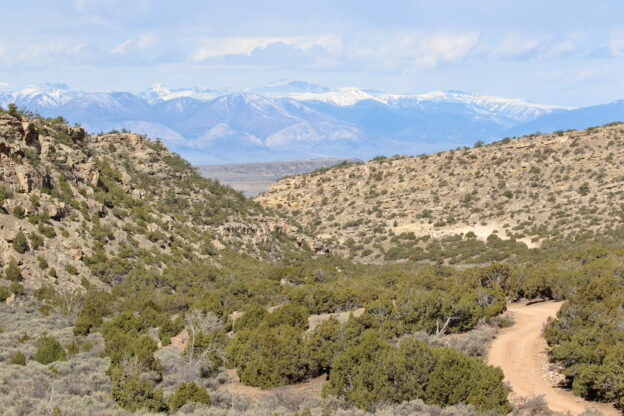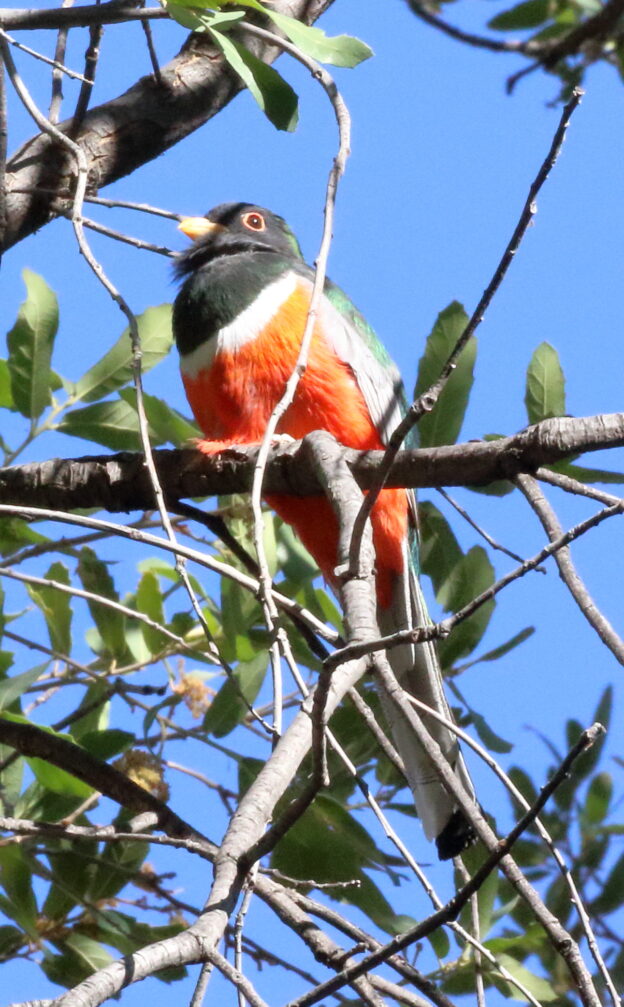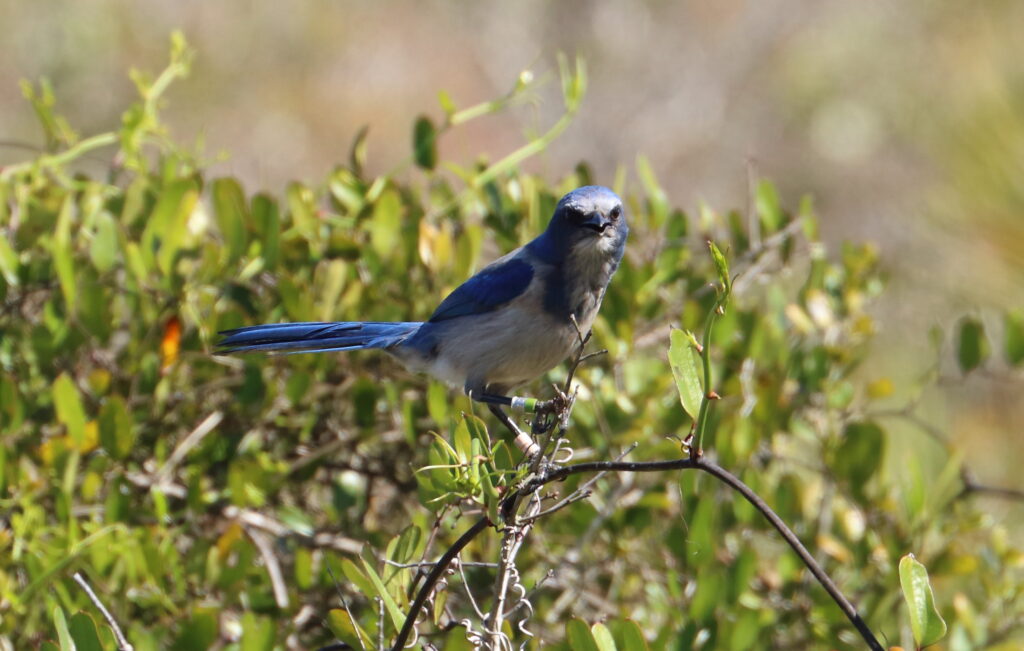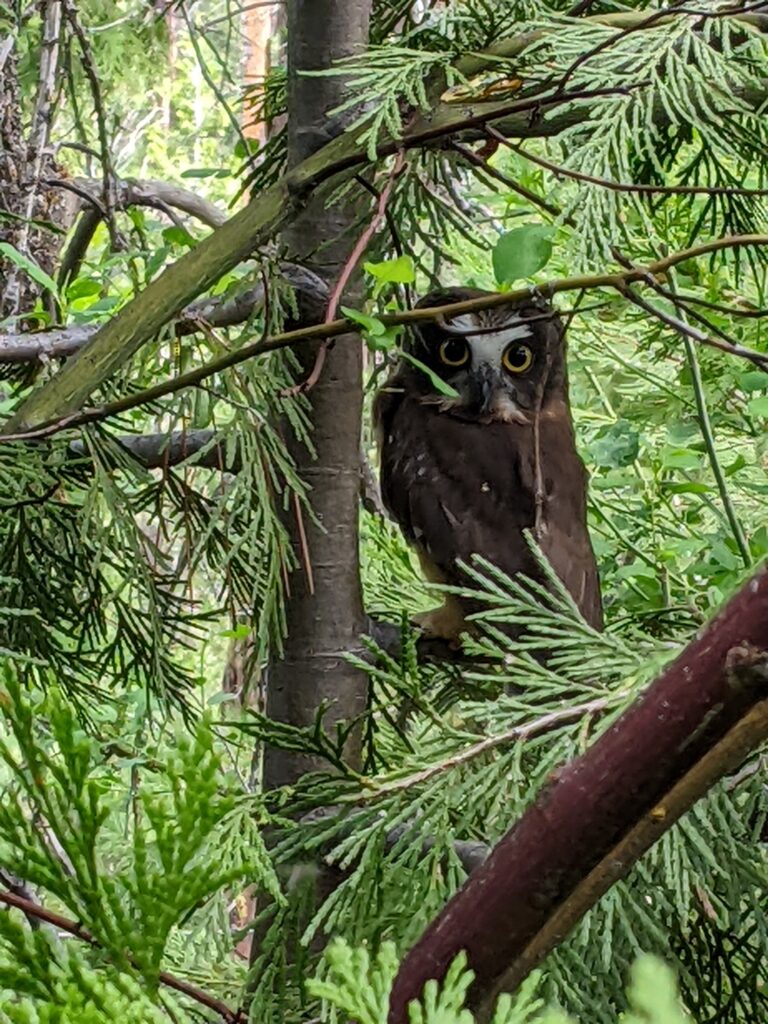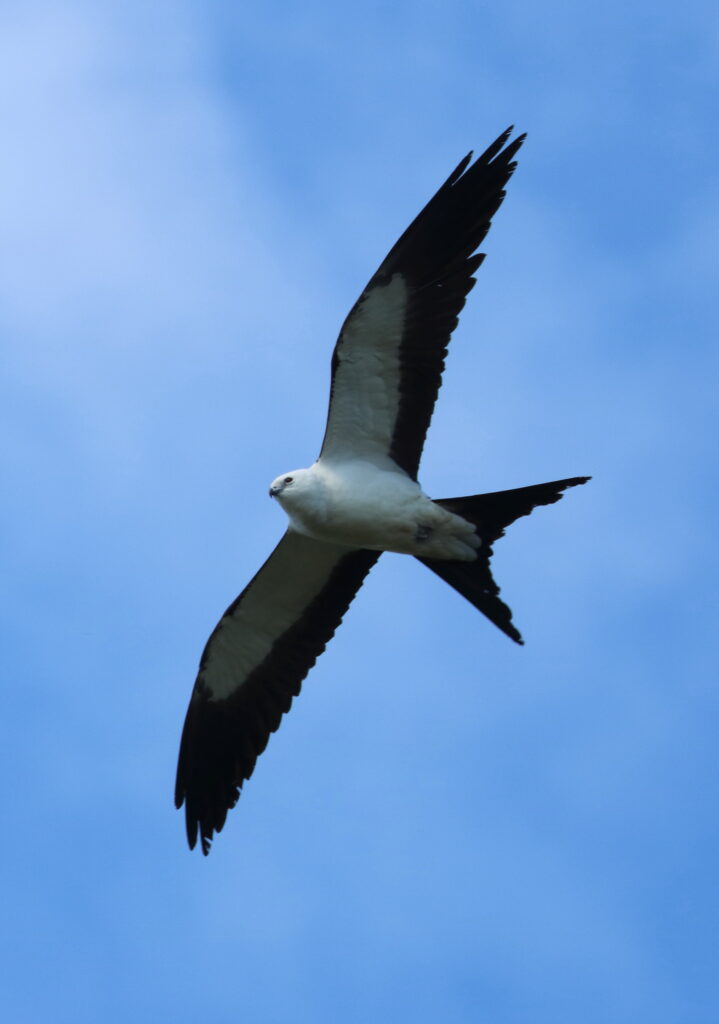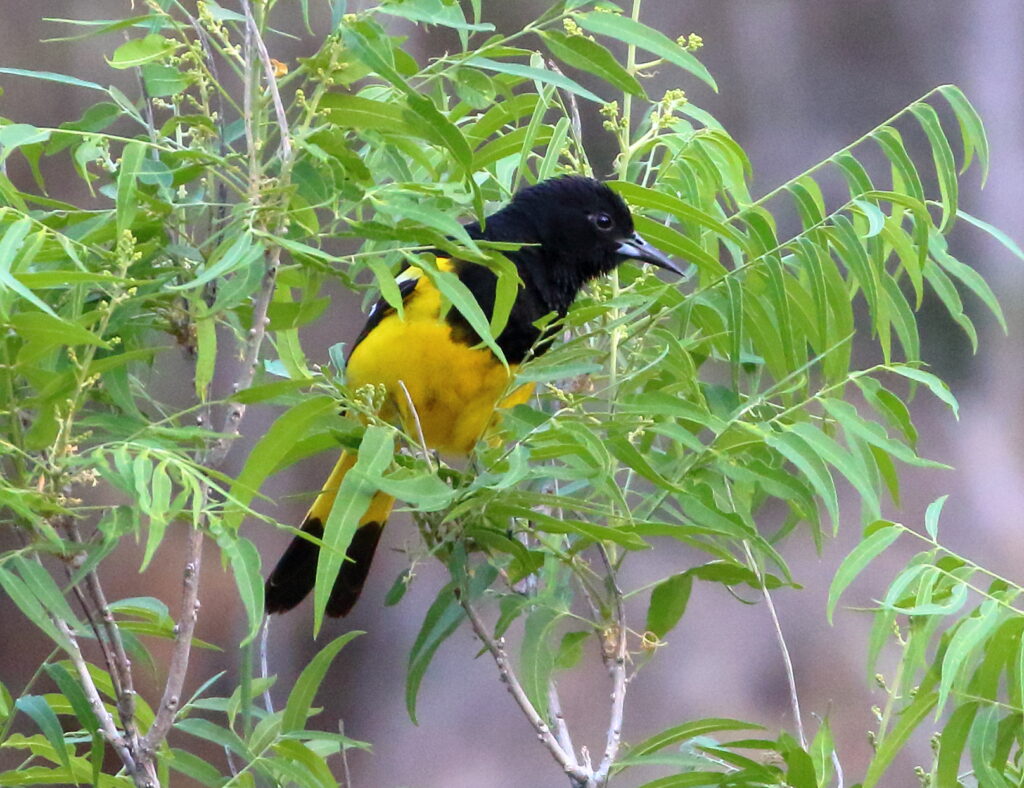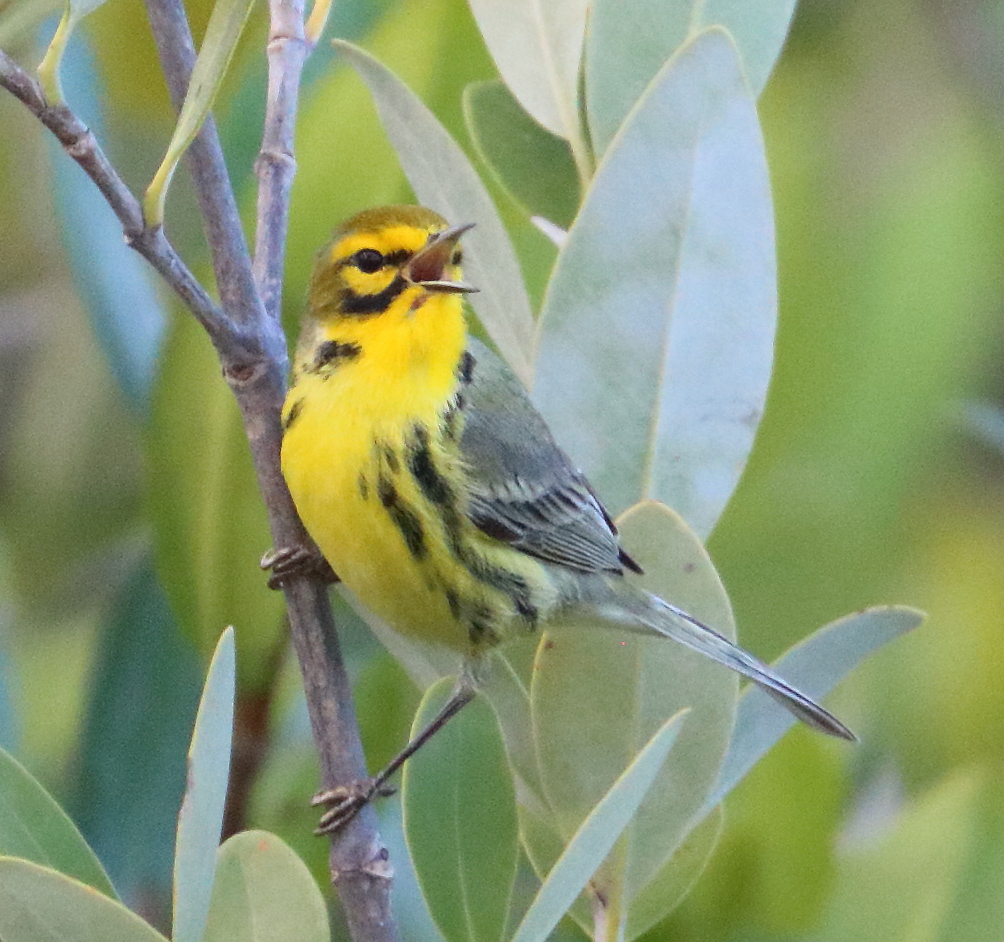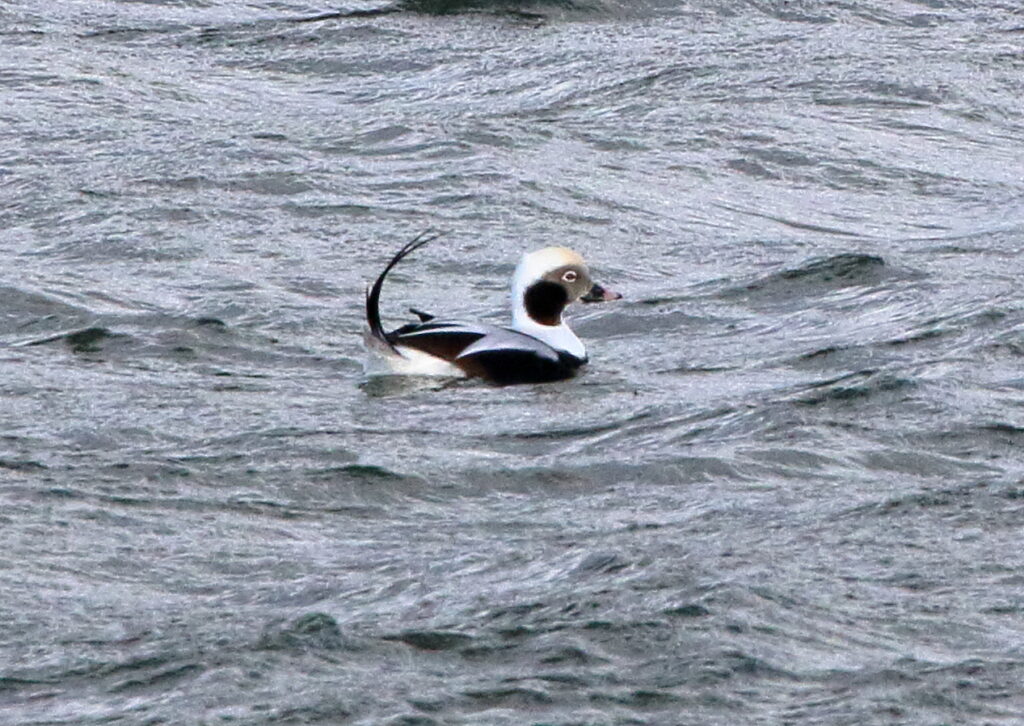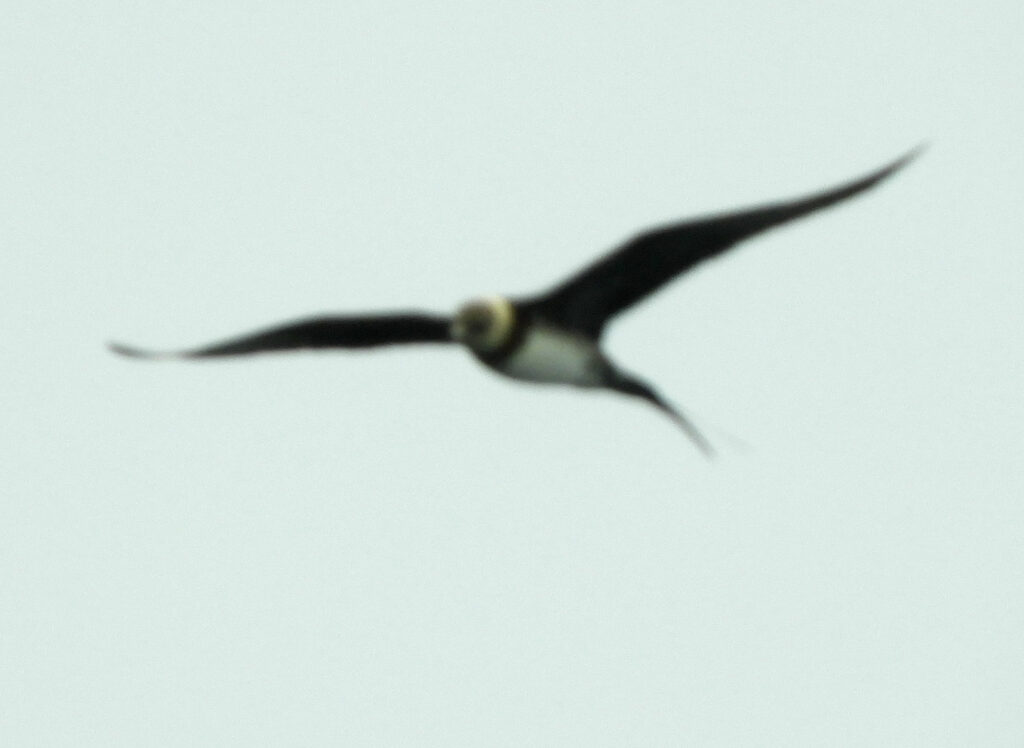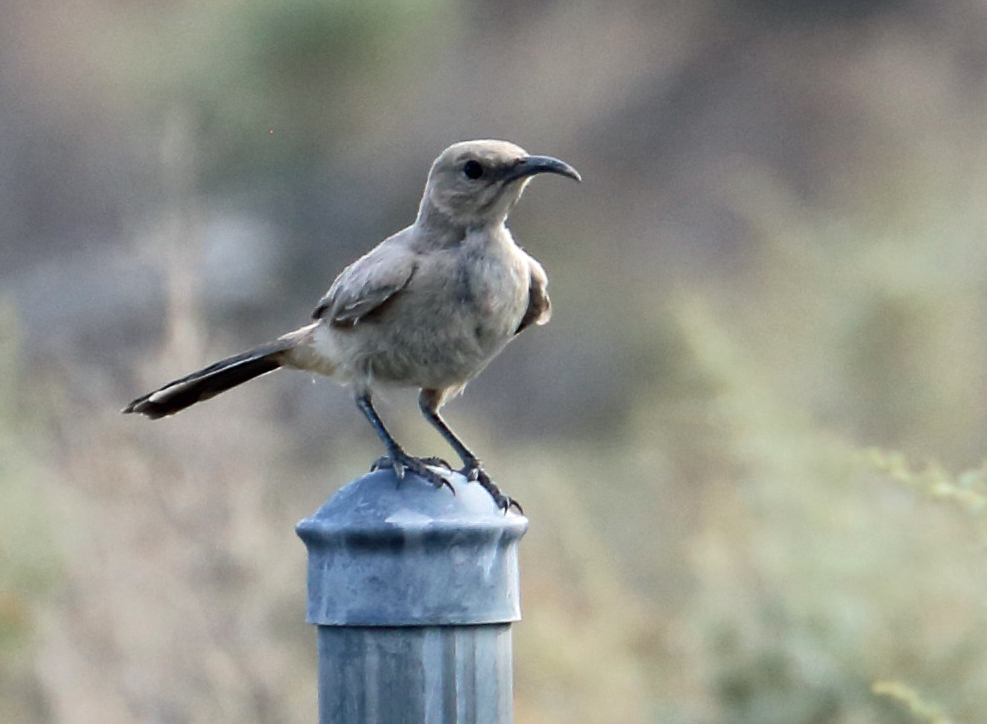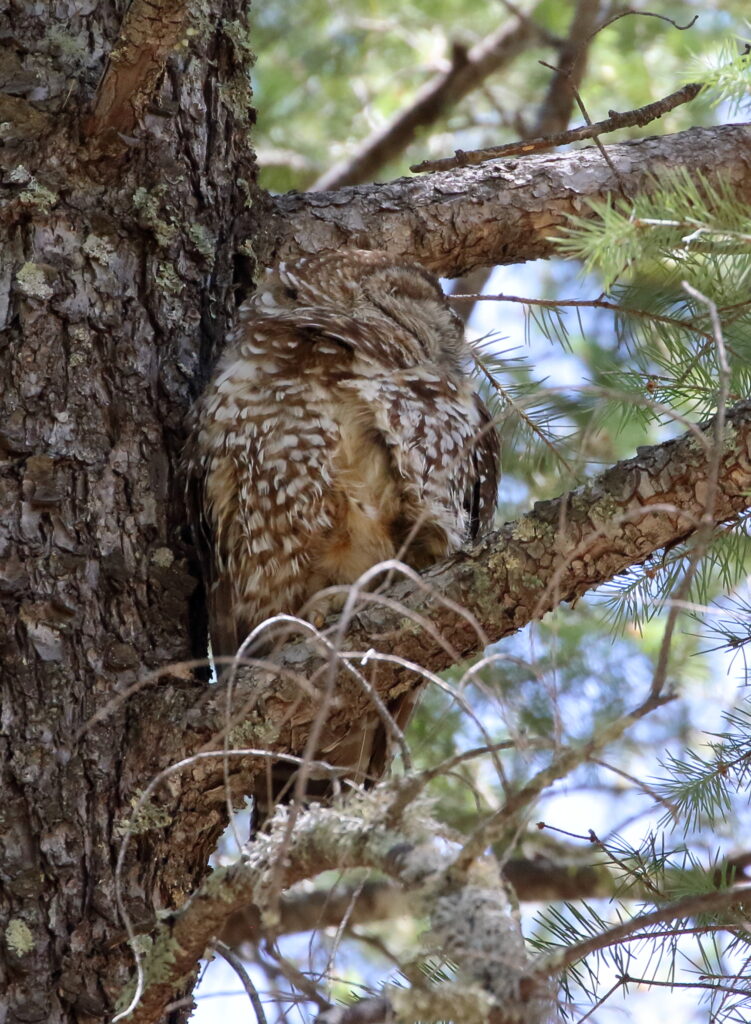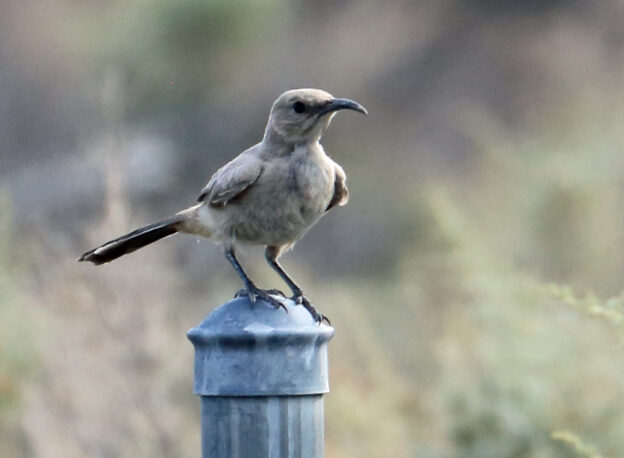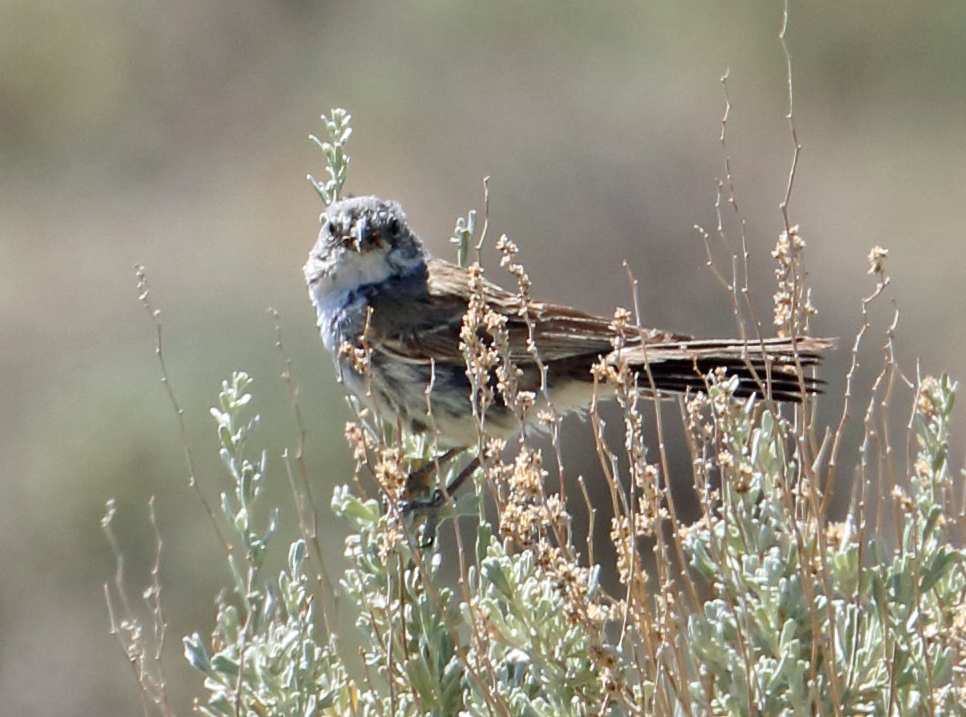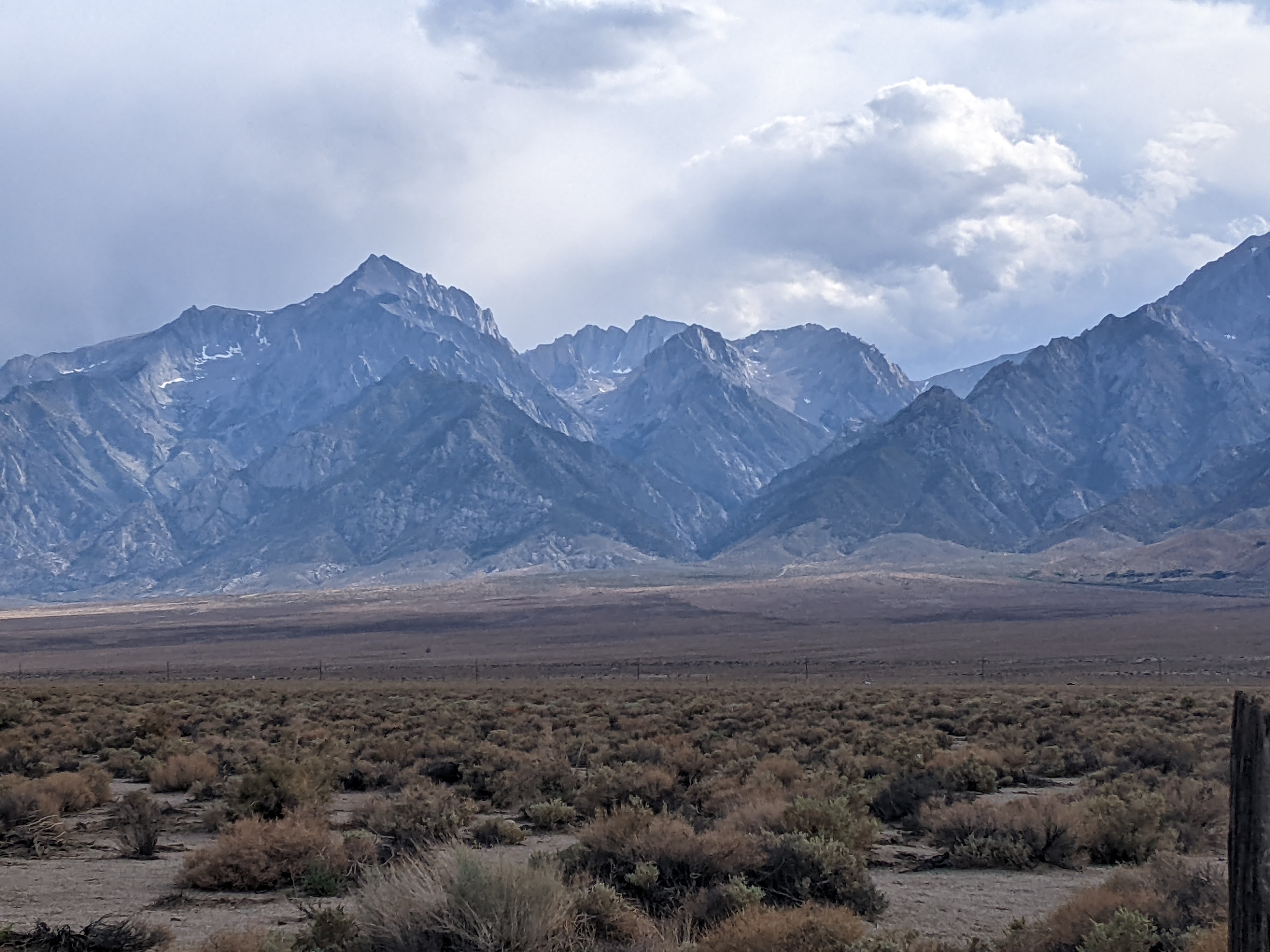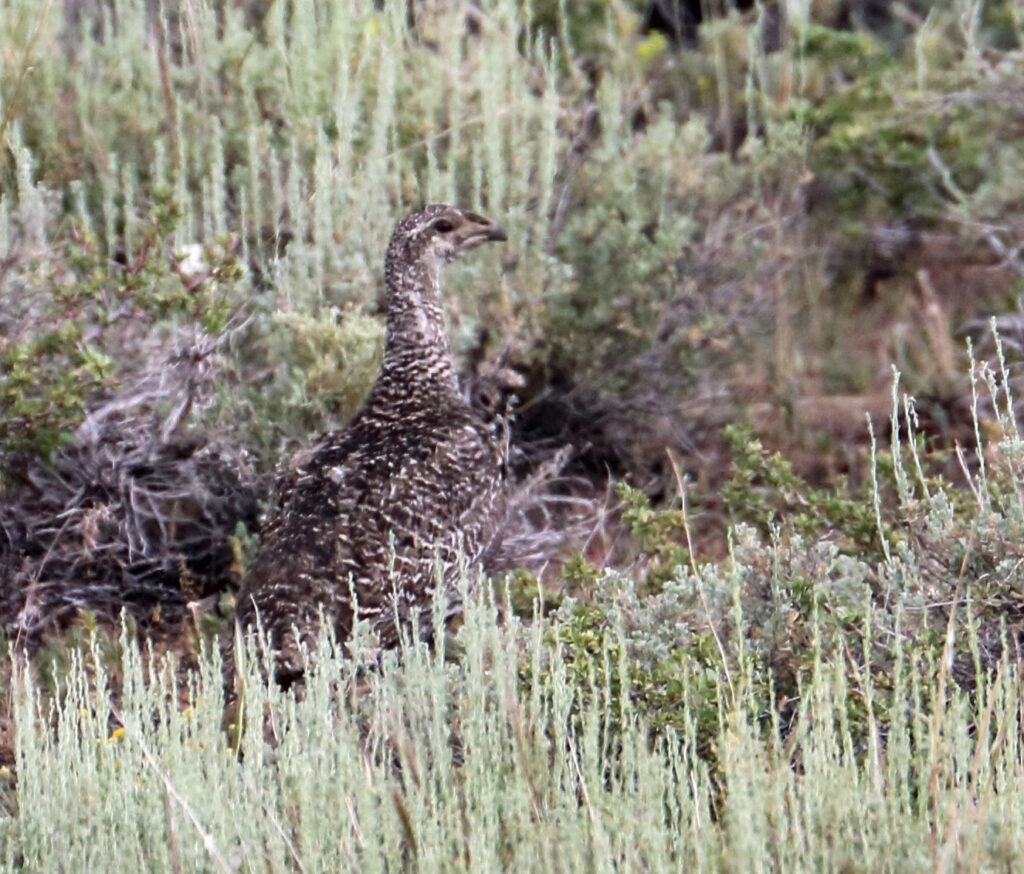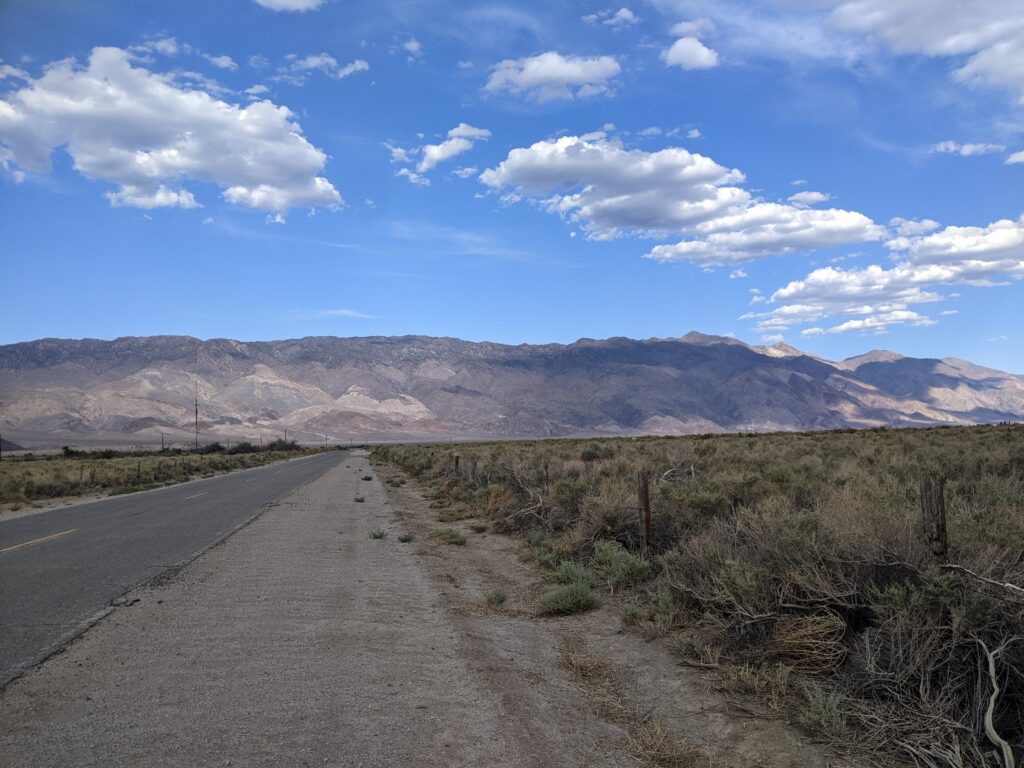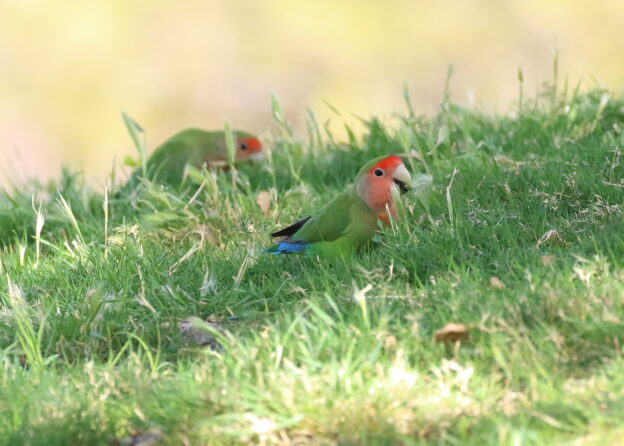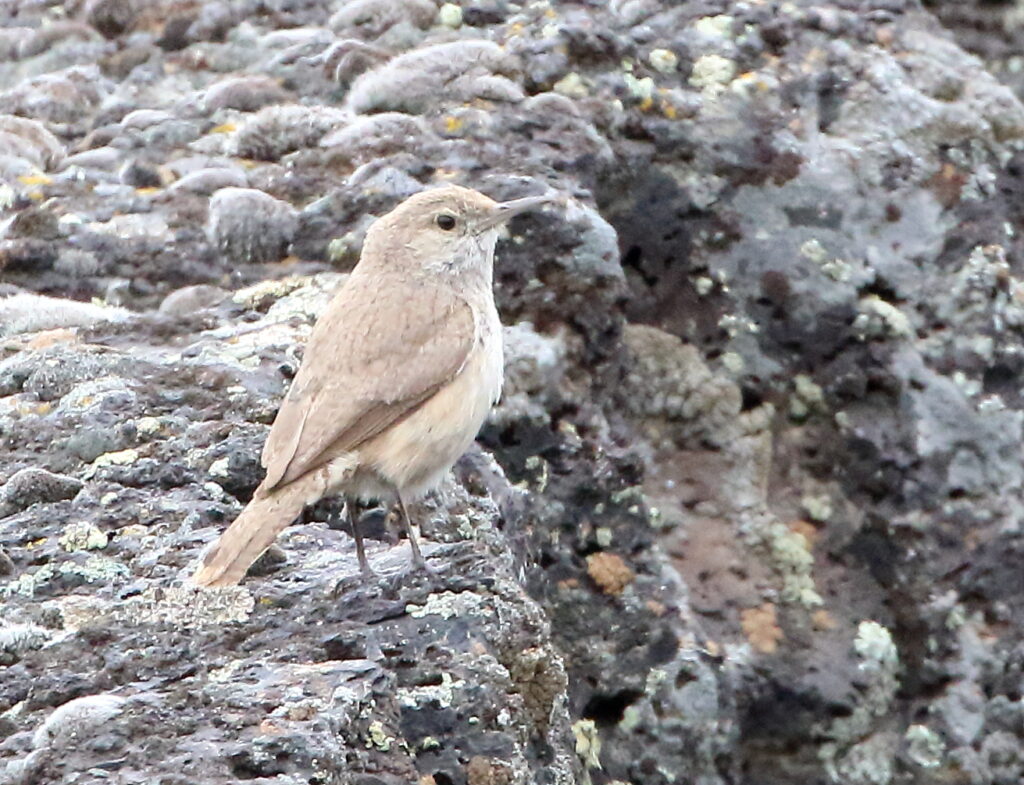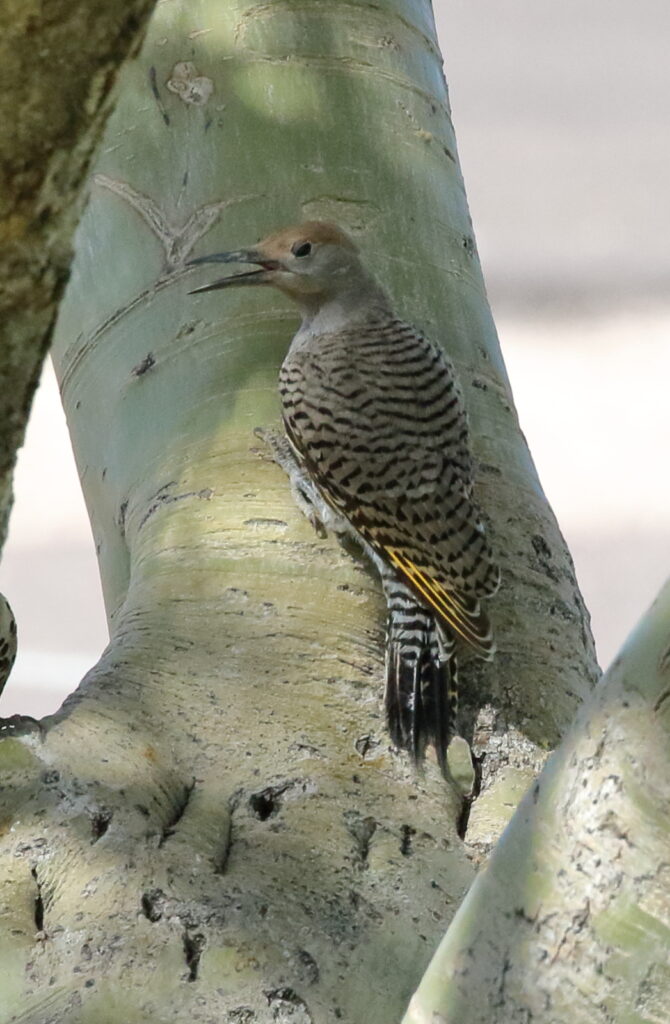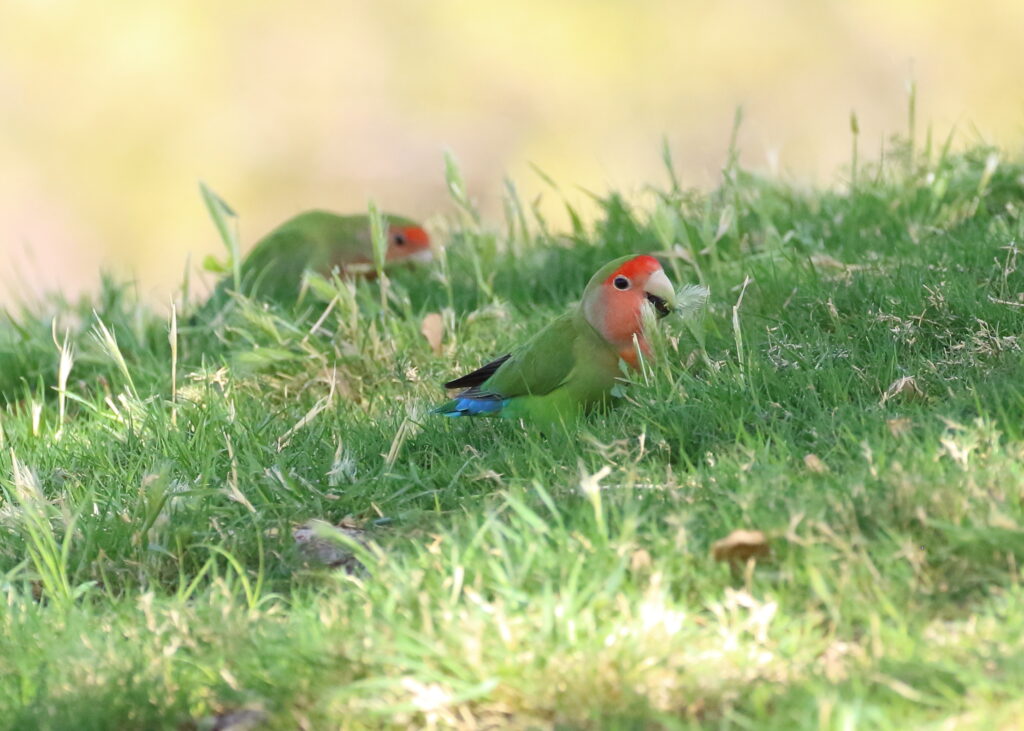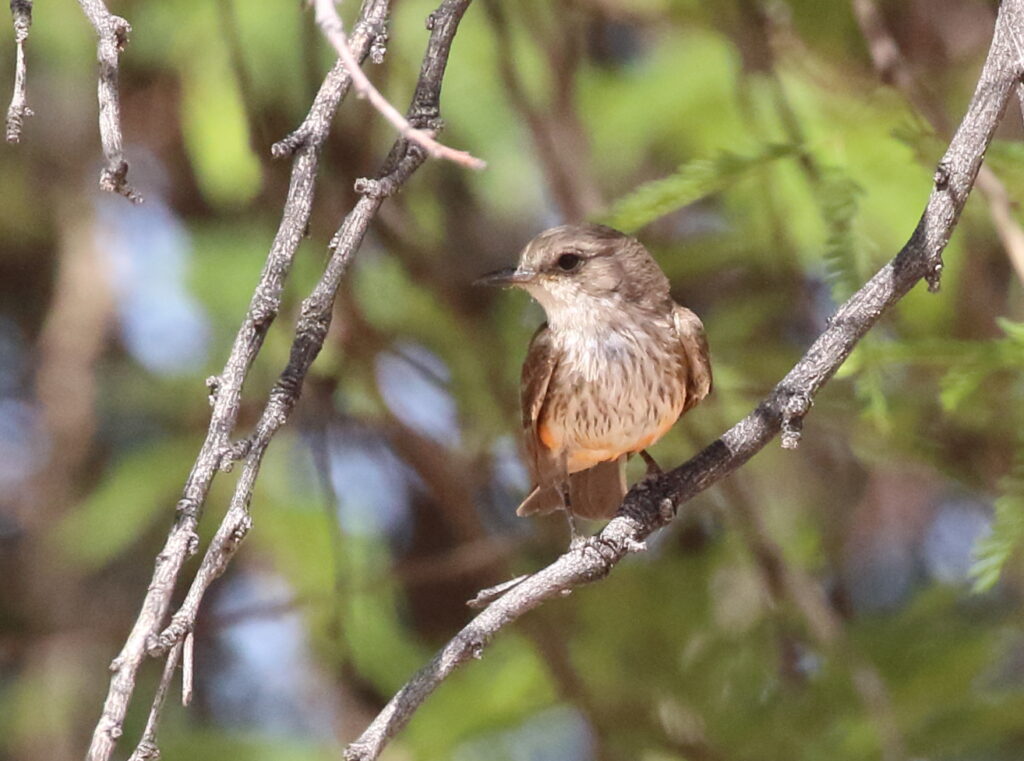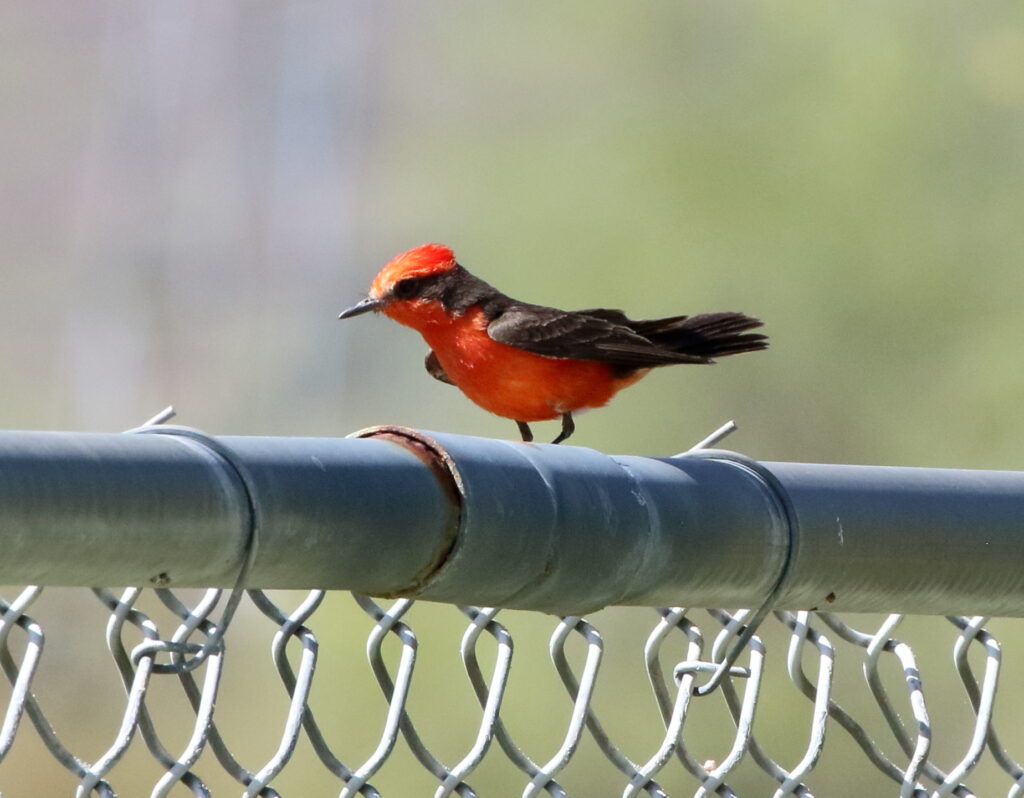With this post, I am officially back from Japan—and loving the spring birding around Montana. In this episode, I revisit one of our favorite Montana places to bird, Bear Canyon. As is often the case, I was hot on the heels of one of my nemesis birds, Sagebrush Sparrow. Thanks for following along—and Happy Mother’s Day and Global Big Day!
When I shared my most recent Montana birding list with my friend, Roger, he joked, “Does Montana have secret tropical zones I’m not aware of?” I answered, “It does. It’s called Bear Canyon.”
In all honesty, to call Bear Canyon tropical is a stretch, but it may be the state’s best example of the Big Basin habitat that dominates much of the interior West—and it’s probably the best place to pick up “southern leaning” species that are truly elusive elsewhere in the state. These include Blue-gray Gnatcatcher, Gray Flycatcher, Sage Thrasher, Pinyon Jay, and my nemesis bird, Sagebrush Sparrow. When I was invited for some speaking events in the Billings area in early May, in fact, Bear Canyon immediately popped to mind. Studying the eBird bar charts it looked I might be a tad early for some of the species there—but that didn’t stop me from going for it. I was on the road from Billings by 6:30 and pulled up to a rocky parking spot at the mouth of the canyon just before 8:30. Two gorgeous Lark Sparrows greeted me as I parked. A good omen.
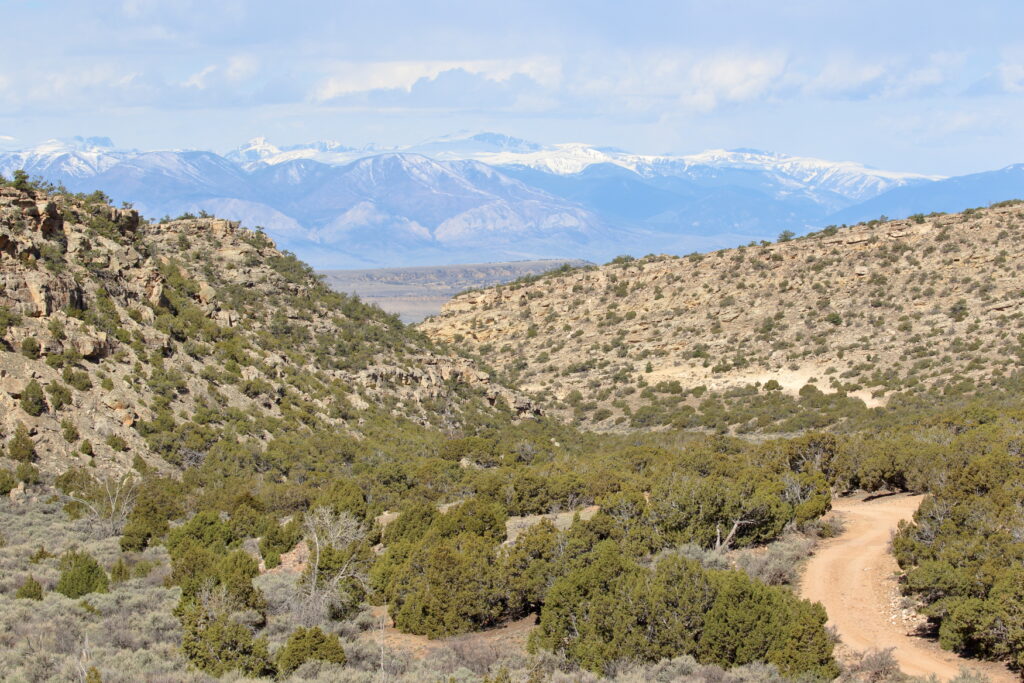
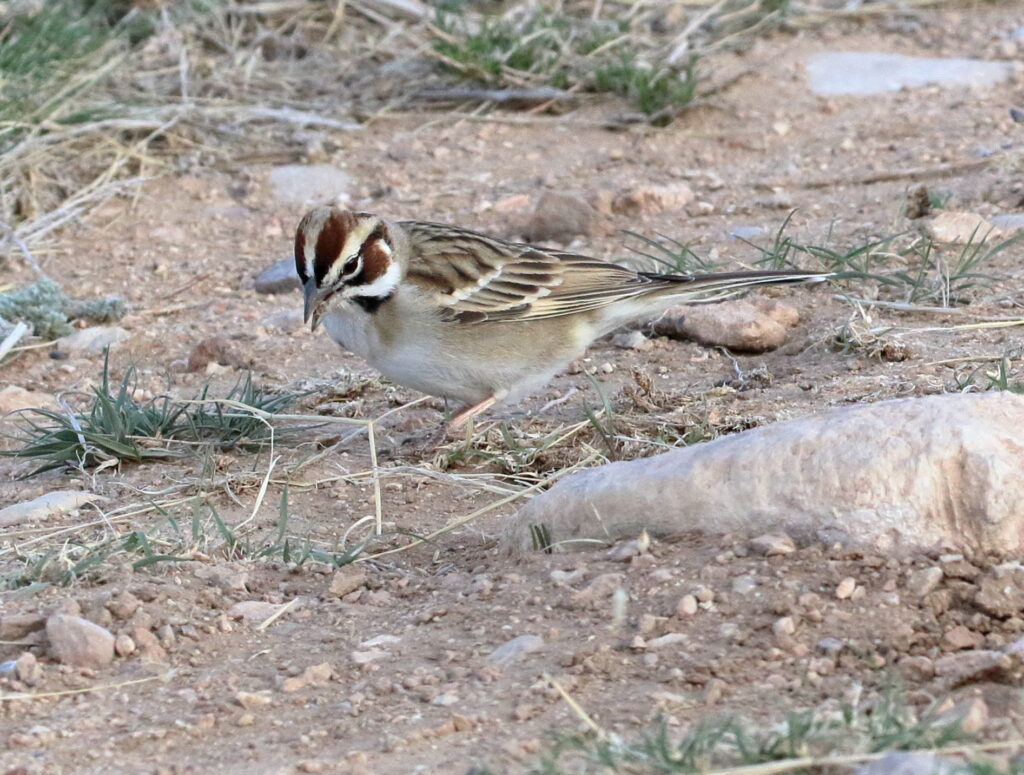
As I hiked up and over a small hump into the canyon, the birds wasted no time revealing themselves. A Rock Wren—my first of the year—belted out its scratchy, repetitive song from the top of a juniper tree, and almost immediately, another song caught my attention. I punched in Sound ID and pumped my fist. “Yeah! Gray Flycatcher!” Moments later, I observed the bird a hundred yards away—the first of half a dozen Gray Flycatchers I would see that morning. Sound ID also recorded Brewer’s Sparrows and Green-tailed Towhees, but since I don’t know their calls and didn’t see either one, I didn’t record them. It also picked up my nemesis, Sagebrush Sparrow—but I think that was an error since to my knowledge they are rarely reported in the canyon itself.
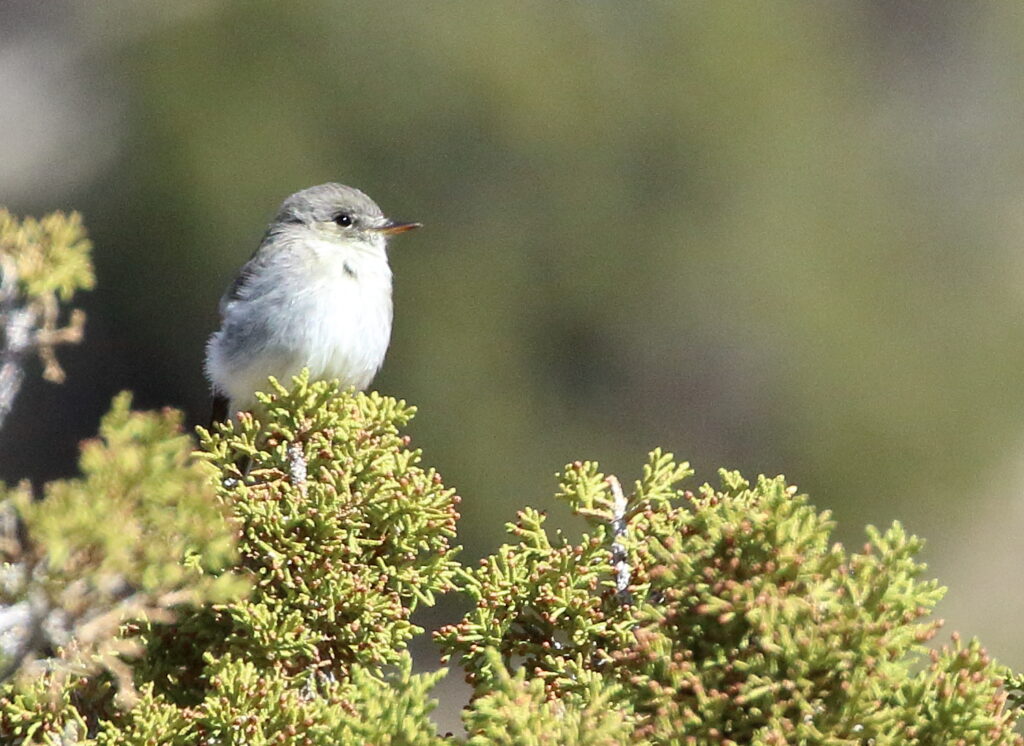
A host of other birds also showed including Chipping Sparrows, Mountain Bluebirds, Mountain Chickadees, and Vesper Sparrows—but that still left some big misses including Blue-gray Gnatcatchers (too early) and Pinyon Jays (probably off in another canyon). Still, it was a spectacular morning, and Bear Canyon was about as pretty a place I could ever hope to have all to myself.
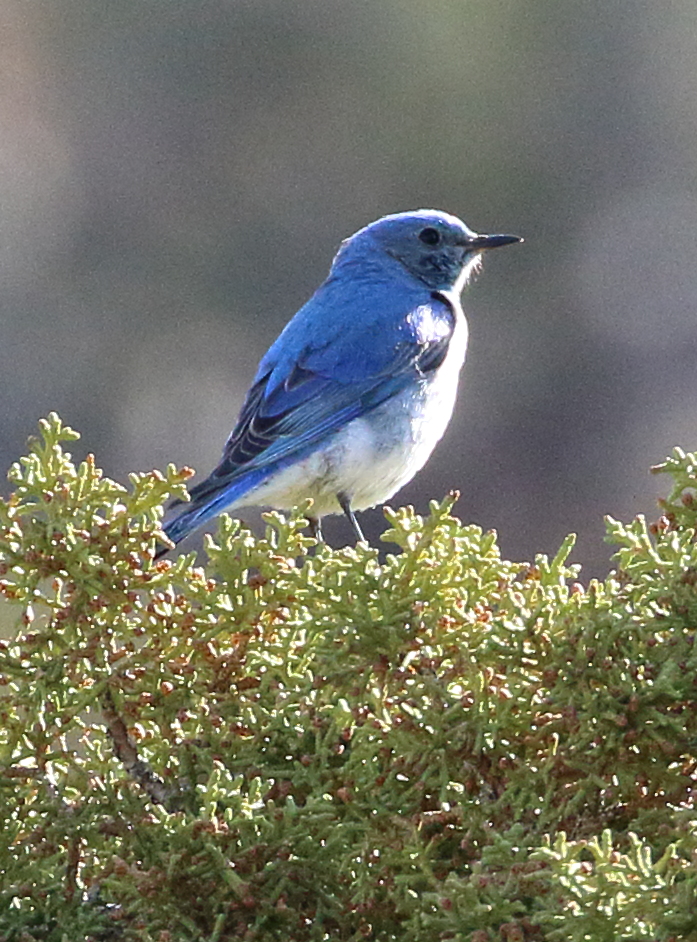
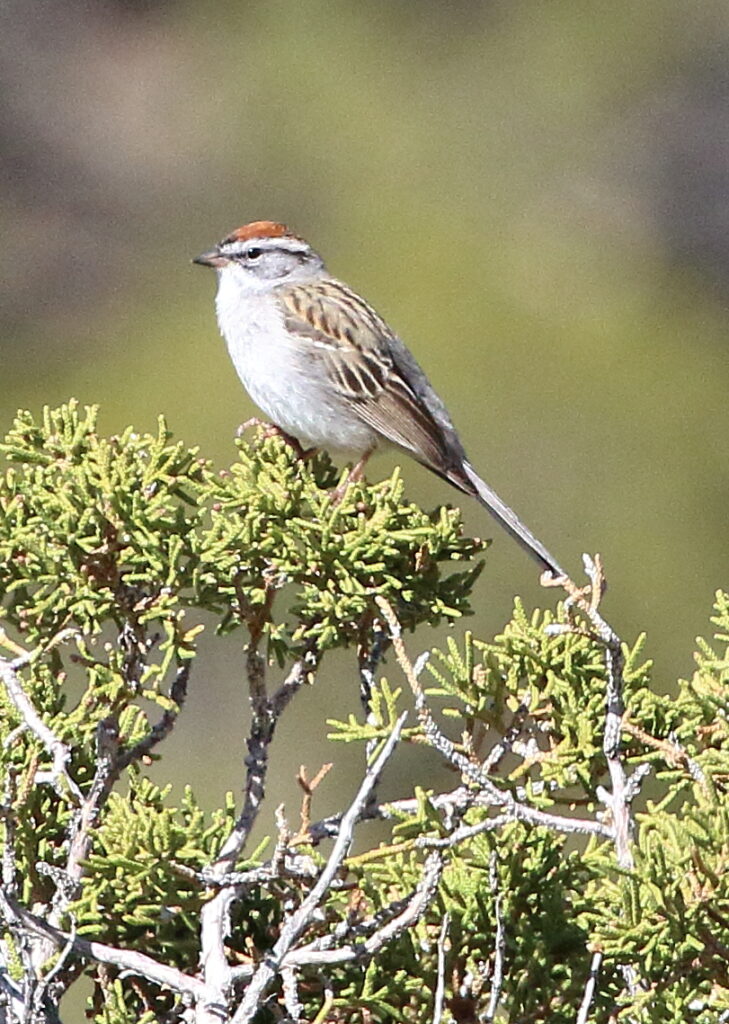
After two hours, I returned to the car and moved onto the next phase of my day—searching for Sage Thrashers and Sagebrush Sparrows. Driving south down a dirt road from the canyon, I remembered Braden’s advice to get out and actually walk through the sagebrush if I really wanted to find the sparrow. I dutifully did this three times. The first time, a jackrabbit about scared the sagebrush out of me! However, I also was rewarded with actual looks at the Brewer’s Sparrows I had been hearing in Bear Canyon proper, which was great. In fact it was the first time I actually got to study these handsome, but subtle, birds and watch them sing.
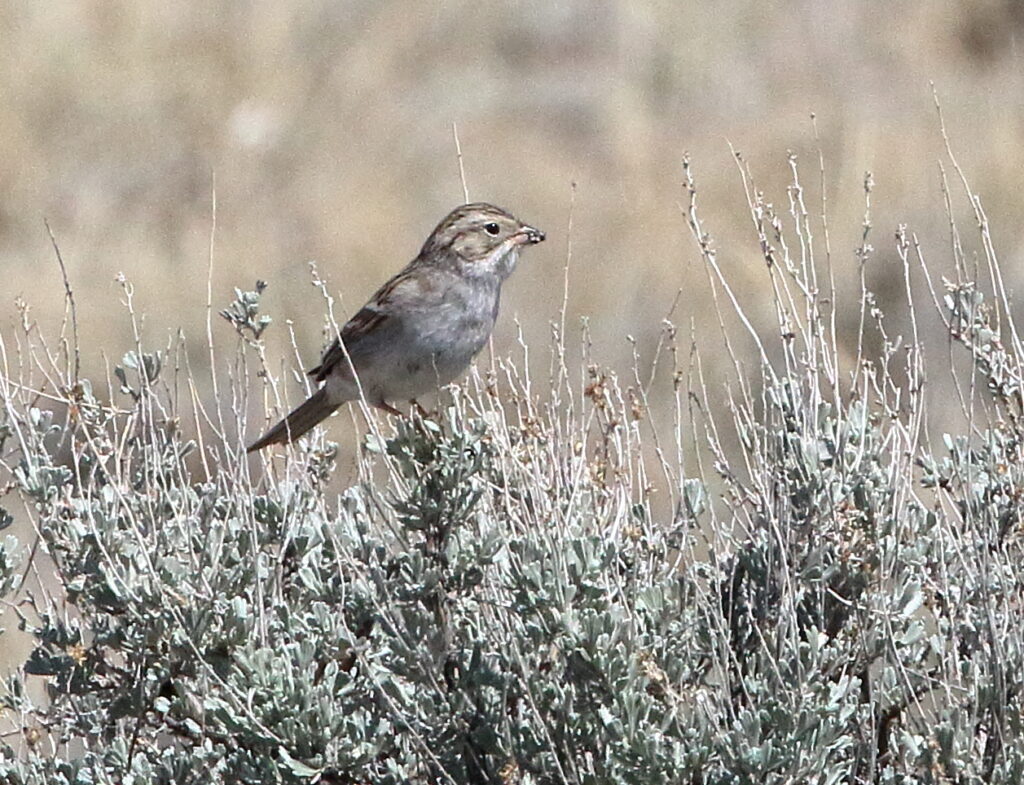
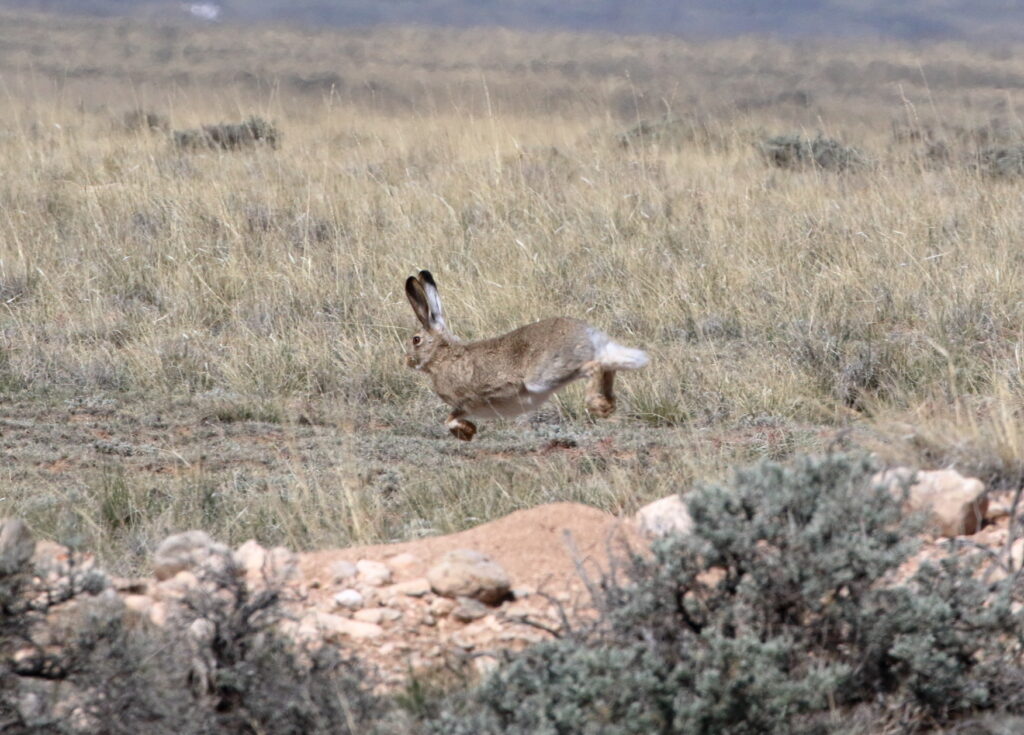
My second walk revealed more Brewer’s Sparrows, along with numerous Vesper Sparrows, Horned Larks, and Western Meadowlarks that inundated the area.
Which brings me to my third walk—and you’re going to guess that’s when I finally found a Sagebrush Sparrow, right? Alas, no. As I was walking back toward the car, however, a large bird suddenly burst into the air right in front of me. Its wings sounded like a helicopter. I immediately knew it was some kind of grouse, and guessed it was a Greater Sage-Grouse. Watching it fly away through binoculars, though, I just couldn’t be sure. Darn, I thought. That would have been super cool. Only a few footsteps later, though, SIX of the big birds leaped out of the sage and thundered away—and this time there was no doubt. I caught bold black and white head markings on a couple of the grouse, and even more revealing, black bellies on most of them. I was elated! This was the first time I’d seen Greater Sage-Grouse since birding with Nick and Braden six years before and to find them on my own, well, it felt like an accomplishment.
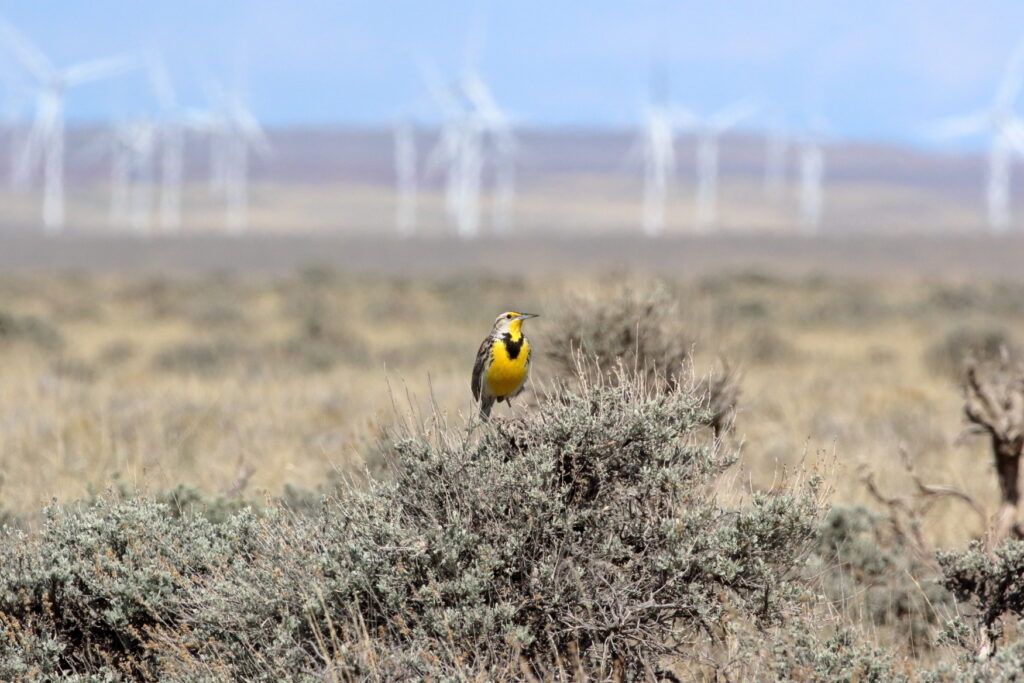
Disappointingly, I saw not a trace of Sage Thrasher, a bird Braden and I had seen here in numbers only three years before. According to the eBird bar charts, they should have been here, too. And the Sagebrush Sparrow? Well, to be honest, I didn’t expect to find one of those on my own. After all, it was a nemesis bird, right? Still, I clung to the memories of the Greater Sage-Grouse as I continued driving down the dirt road, and just tried to appreciate the magnificent sagebrush and snow-covered mountains around me.
Eventually, the road connected with a larger dirt road, and I turned right. I could see the highway up ahead, but coming around a corner I spotted a small bird landing on a bush fifty yards away. Better look, I told myself. I parked the car and whipped my binoculars to my eyes.
Then, I started to get excited.
The bird definitely looked like a sparrow, but with a darker head. It was partly obscured by a branch, so I took a few steps to the left, praying it wouldn’t fly away. It didn’t. And that was enough to confirm it—my first and only Sagebrush Sparrow!
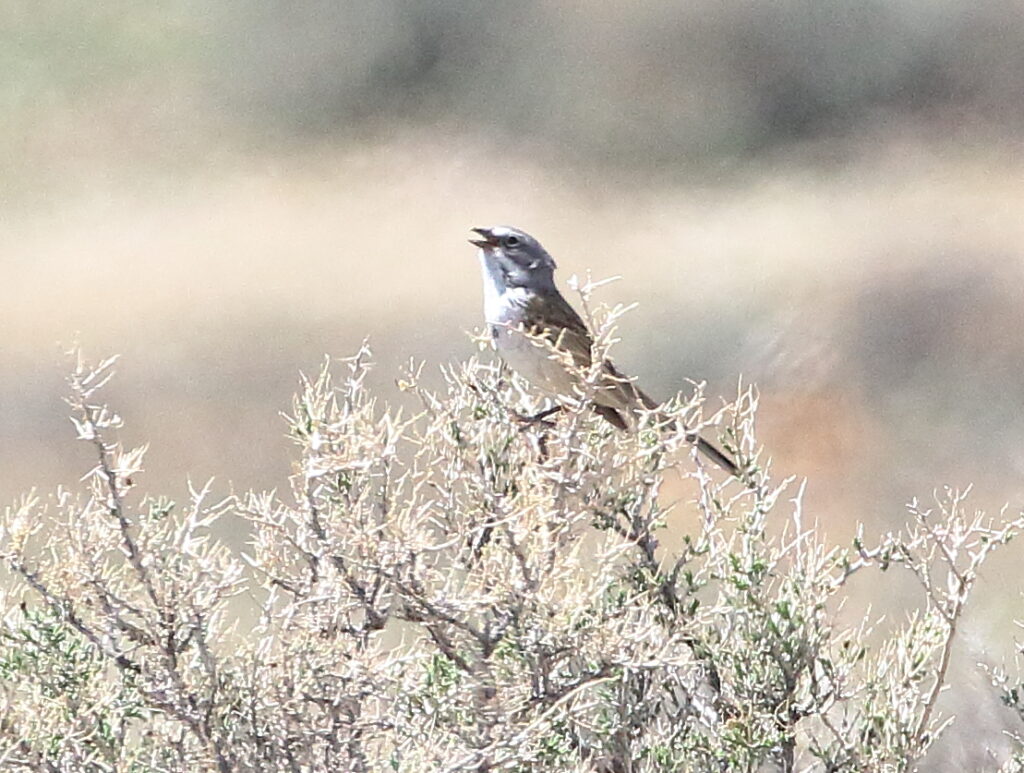
The bird flew across the road to another bush and I pulled the car up a bit closer before again getting out. Now, I had a fairly distant, but wonderful view of the bird as it sang its melodious song. Nemesis no more! I thought and watched it for several minutes before it flew off. I thanked the bird and this remarkable ecosystem, and then headed back to Billings.

